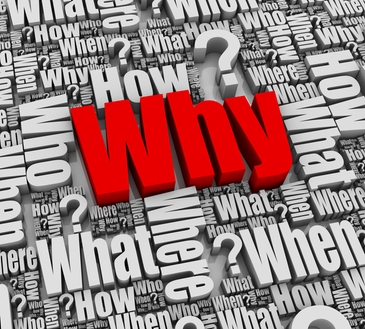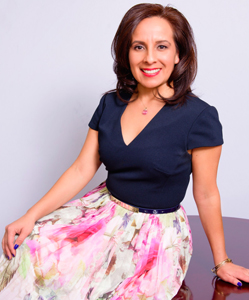 There are many reasons why people want to write these types of books. Some want to write these books to be a best-selling author, or maybe because they want to sell through an eBook method such as Amazon and the Kindle method, or maybe it’s just because they believe they have a great idea they want to share with other people. Yet others may have a business and will use these types of books to help them sell a product which can be advantageous. Whichever reason you decide to write a book, having a self help or how to book can be rewarding and you can end up with a winning result. Just remember that no matter what reasons drive you to write this book; it’s going to take time and most likely several drafts to complete.
There are many reasons why people want to write these types of books. Some want to write these books to be a best-selling author, or maybe because they want to sell through an eBook method such as Amazon and the Kindle method, or maybe it’s just because they believe they have a great idea they want to share with other people. Yet others may have a business and will use these types of books to help them sell a product which can be advantageous. Whichever reason you decide to write a book, having a self help or how to book can be rewarding and you can end up with a winning result. Just remember that no matter what reasons drive you to write this book; it’s going to take time and most likely several drafts to complete.
Once you’ve established confidence in your reader, they’ll believe in your book and will refer you to others. Before you know it you may have a best seller on your hands. Selling books is all about building relationships – just like any other business. Selling self help and how to books is no different than selling fiction and other genres. Being successful in writing is to first have the desire to write, set the time to do it, and then focus on completing it. There is no quick magic. Simply put, it is really about how committed you are to writing.
Five Self-Help or How-To Book Categories
Publishers in the industry classify self help or how to books into these five basic categories. They are:
- A step-by-step type book
- A progression type book (evolvement of some sort)
- A recovery book
- An exercise-type book
- A component-based book
A step-by-step book is a book that outlines how to complete something by providing details from A to Z. Examples for these types of book would be how to build a dollhouse, how to organize your closet, or how to lose weight without exercising. This relates to following a plan or program to get an end result.
A progression type book is how a person may have evolved into a different stage of their life or a process which they made a discovery of some sort. It includes a writer’s insight through an evolutionary process; whereby, some kind of change took place – significant, small, internal, or external. Examples of these books may show a person not very accepting of other people and cultures due to being brought up in a very closed-minded and bigoted family, but eventually changing through travel and assimilation into cultures. Or it could be a book about a person not really liking dogs and then having to depend on one due to loss of hearing. This relates to developing into another mental stage or process usually through small incremental changes.
A recovery type book is based on a person recovering from something. Examples of these types of books are how to recover from alcoholism or how to recover from drug addiction or some other kind of obsessive behavior. These books are written to help a person mend or heal through a recovery process of some sort.
An exercise type book is based on taking a person through an end result by following a certain process or exercise to build a certain set of skills. For instance, if a person is claustrophobic, there are certain things they may have to do to overcome this. This would require the skill to overcome fear and anxiety by using “anchoring” techniques (anchoring is simply using mind and word techniques to tap into your neurological system for linking feelings to experience). Writing a book on how to overcome claustrophobia would fall into this category.
A component-type book is a book that shows a person how to deal with certain parts of an issue or problem that is usually complex in nature. An example would be a book on how to parent more successfully. As you can see, this is a very complex topic and would most probably be too huge to take on the whole spectrum. A more reasonable approach would be to divide this up into various sections such as parenting through the toddler years, or parenting teenagers, or maybe even parenting adults.




